There are no items in your shopping cart
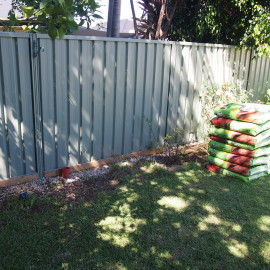
Selecting the best site for your garden bed can be tricky. You need to consider how much sun the bed will get at various times of the year. You don’t want it to get too hot in summer, but you need direct sunlight to help everything grow.
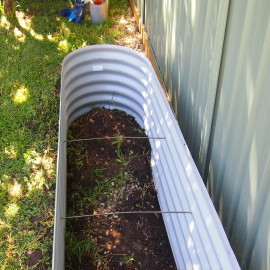
If you’re installing on a grass or dirt area, it’s a good idea to level the ground out first. If there is a lot of levelling required, you can just level a small trench around the circumference of the bed. Use a mattock or a trowel for this.
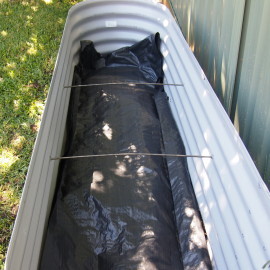
You want water to drain freely out of the garden bed, but you don’t want weeds to grow up from the ground. It’s a good idea to put down a layer of weed matt before filling your garden bed. You can use newspaper or hessian sacks, or weed matting from a nursery.
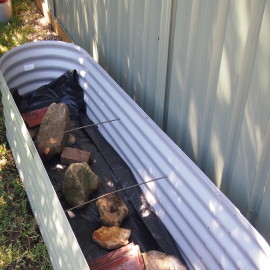
Most plants only need a small layer of soil in the top of the bed, about 300mm deep. So you can save on soil by filling the bottom of your garden bed with something less expensive. Some ideas include; old bricks, Styrofoam, hay or cardboard. Keep in mind if you use something organic, it will decompose and may subside a little.
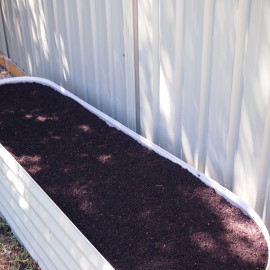
We need some good soil to grow our plants in. Larger beds may need a tipper truck delivery of soil, and smaller beds can be filled with bags. You can use well-seasoned compost as well.

How you plant will depend on what you’re planting. You can use seeds, seedlings, or more established plants. Read the instructions on the packaging to get the spacing of seeds and seedlings right. Remember not to plant in the middle of the day, and water well to soak them in.
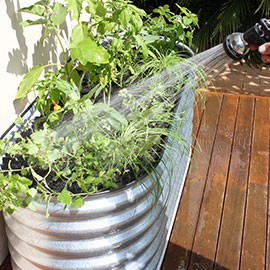
Water in your newly planted garden beds will require a bit more water than other plants. Remember to water your new plants twice a day for the first few days. Garden beds need a little extra water around the edges on hot days.
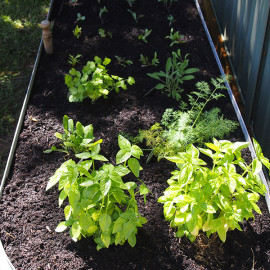
Adding mulch after planting helps to keep the soil moist and full of nutrients. Use sugar cane mulch or small wood chips, depending on what you’re growing. Add fertiliser to the soil once a year to promote more growth.
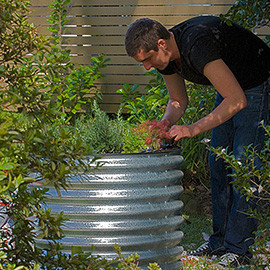
Step 9